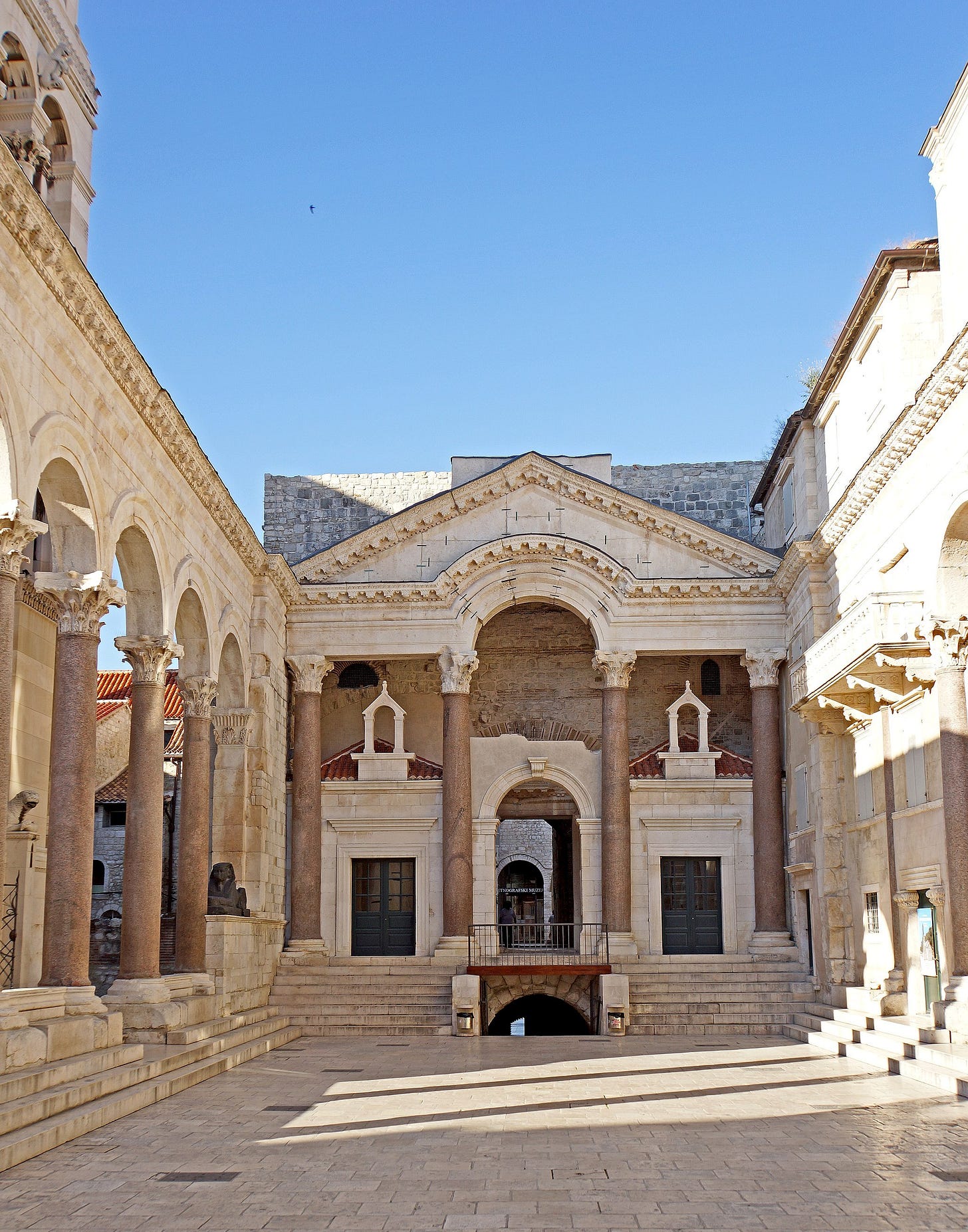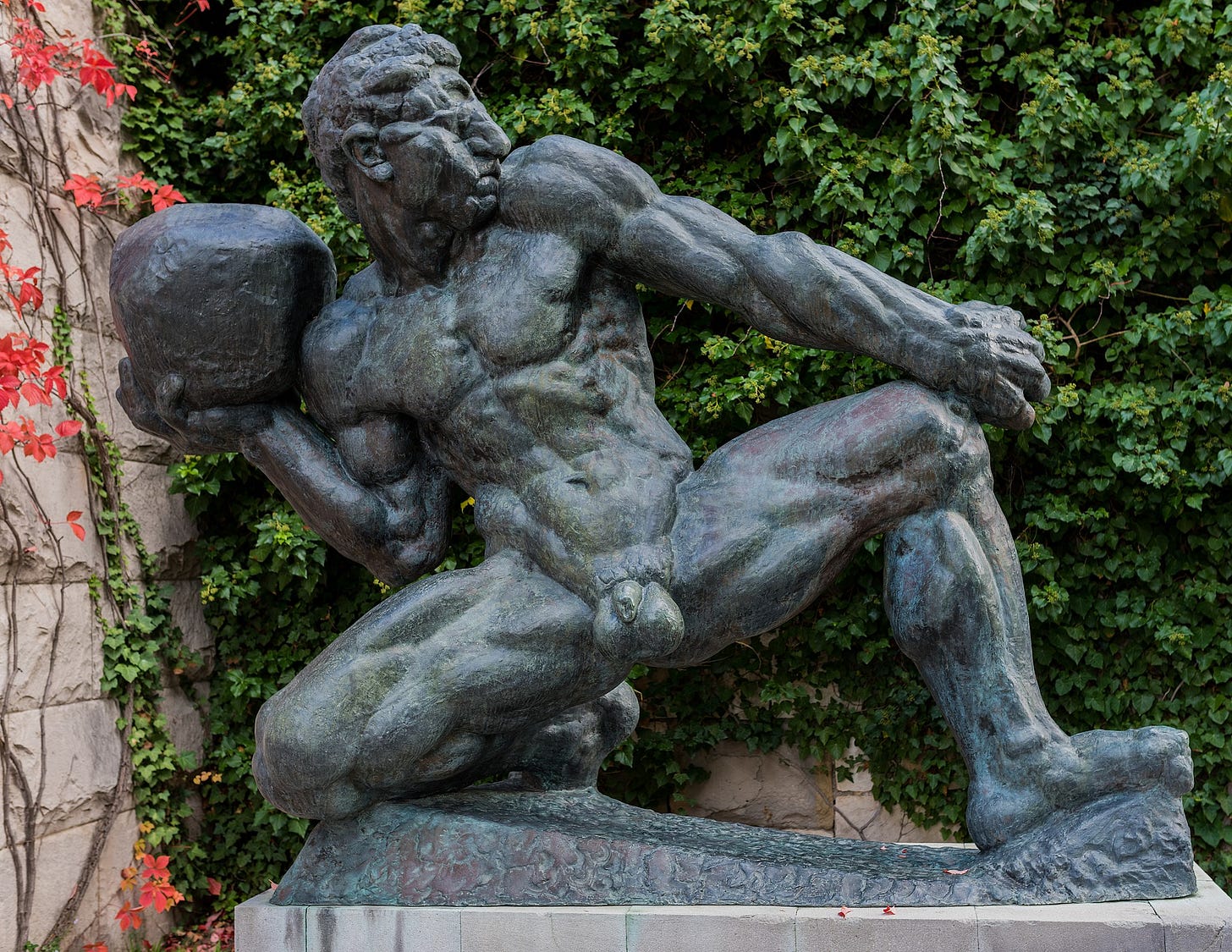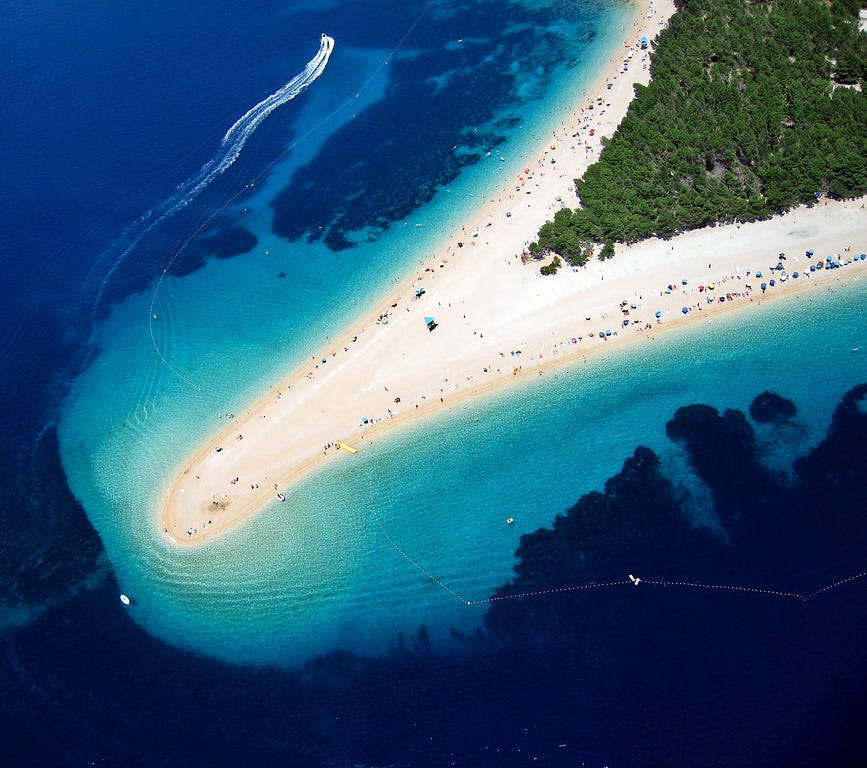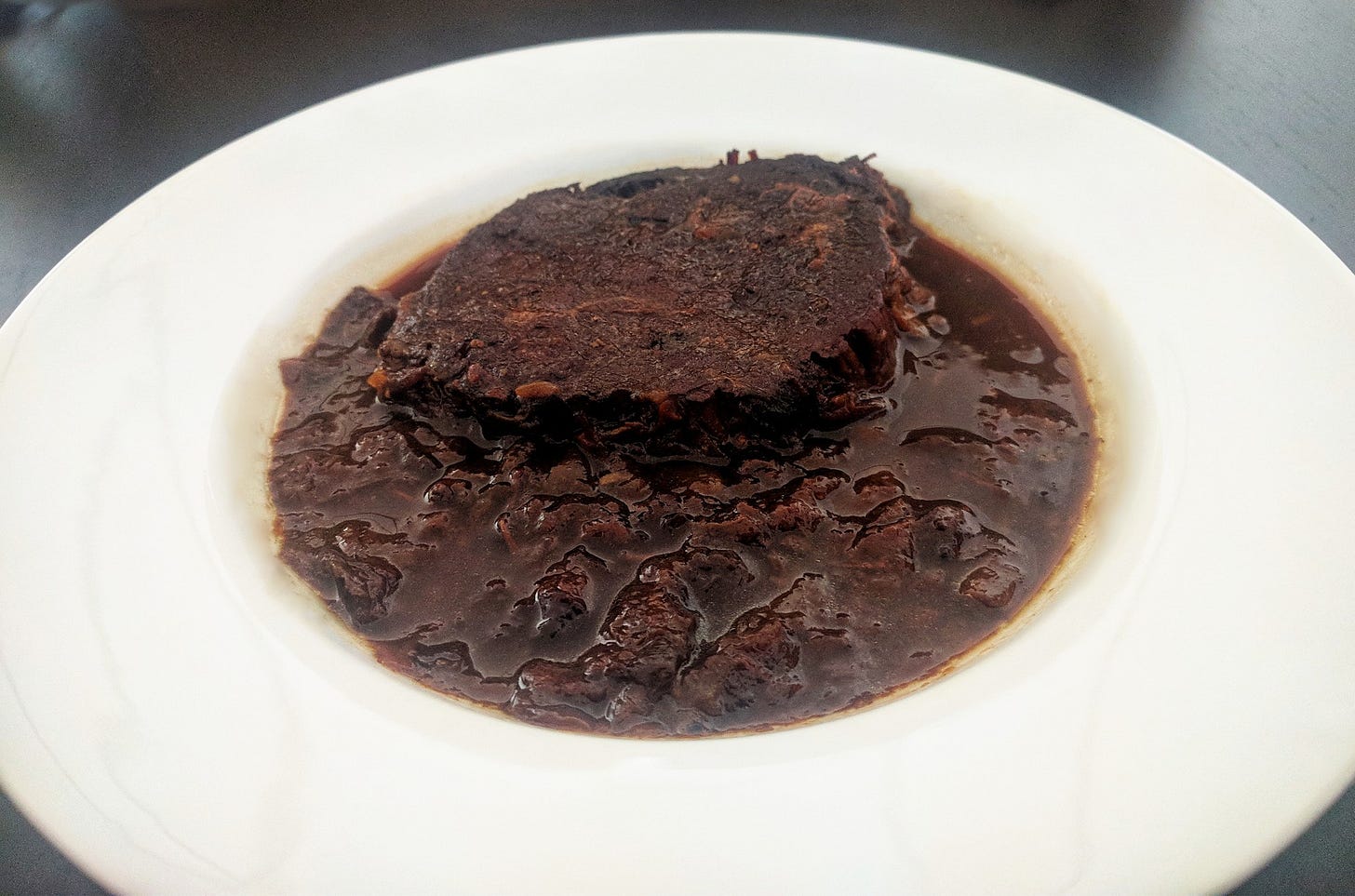
Croatia just might be one of the most beautiful countries in Europe and its majestic islands are beyond idyllic. One of the jewels of the Dalmatian coast is the seaside city of Split, designed as the retirement home of the Roman emperor Diocletian in the 3rd century CE. Split is a city frozen in time with its slick, labyrinthine marbled streets leading you through the remnants of Diocletian’s Palace and out onto the sprawling, palm tree-lined promenade (otherwise known as The Riva) along the shores of the Adriatic Sea.

One cannot visit Split without stopping by the Ivan Meštrović Gallery, the former home and atelier of Croatian sculptor Ivan Meštrović (1883-1962), a paragon of 20th-century European art. The astounding works of Meštrović, who created awe-inspiring figurative sculptures in bronze, stone and wood, are ever-present throughout the former Yugoslavia and were widely hailed by his contemporaries. Even Auguste Rodin was humbled by his work, exclaiming that “Meštrović was the greatest phenomena among the sculptors” of the era. Meštrović, who later emigrated to the U.S. in 1947, donated the entirety of his Croatian properties and artworks to the people of Croatia in 1952 (including over 400 sculptures and several buildings which are now museums). The museum in Split is one of the best, with 192 sculptures from the peak of his illustrious career, including the fleshy, muscular Big Eye Energy of the Cyclops, the joyously exuberant liberation of Persephone, the calm, meditative tranquility of Vestal and the disturbingly haunted existential despair of Job. Just be warned that your aesthetic arrest may be triggered! [For a glimpse of this lovely museum, watch the brief video here.]
In 2017, we led the first of our five wine tours in Croatia. With eight guests in tow, we rented the incredible Villa Blanka on the island of Brač, one of the most charming bucolic islands of Dalmatia and just a quick but breathtaking ferry ride from Split.

Our six-bedroom villa, owned by a seven-foot-tall former professional basketball player named Hrovje (who goes by “Henry” to appease those of us who are linguistically-challenged by the Croatian language) and his wife Blanka, is perched upon a picturesque hill in the seaside port of Bol, offering a jaw-dropping view of the Adriatic Sea. Just a short walk down the hill and you can plant your feet in the warm, soft sand of one of the world’s most attractive beaches, the famed Zlatni Rat (The Golden Horn).

Brač has so much to offer the Epicurean foodie, including the delicious local olive oil, and the Olive Oil Museum in the village of Škrip is also a worthwhile visit. Established in 1864, visitors can learn about the fascinating history of olive oil production over the last 150 years, followed by a sensational tasting of their first-rate olive oil and other exquisite local products. And while you’re there, also check out the nearby Island of Brač Museum, an utterly charming collection of artifacts from the prehistoric era, ancient Illyria, the Roman empire, the Ottoman–Venetian wars, all the way up to exhibits about agrarian domestic life and intriguingly pagan local folklore from the early 20th century. The curators are very friendly and incredibly knowledgeable!
One of the delights of hosting tours around the world is the opportunity for me (Ryan Wildstar), to have the pleasure of not only tasting but learning how to cook the delicacies that each region has to offer. One such delightful dish in Dalmatia is pašticada, a dish dating back to ancient Greek and Roman times. It is normally prepared with braised beef that is slow-cooked in a complex sweet and sour sauce requiring exacting preparation.

Brač is notorious for the wild boar which roam the island, devouring everything in their path and terrorizing the vineyards with their insatiable appetite for wine grapes. So, immediately upon our arrival, I asked Henry if he could procure me some wild boar, in the hopes that I might be able to recreate this dish using boar meat instead of beef. As luck would have it, Henry’s friend had just shot one the week before and had an entire leg of wild boar for me! I was overjoyed. I had successfully made pašticada once before for the “Art of Wine” class I taught at Whatcom Community College, but never with wild boar and certainly not using fresh ingredients from the terroir of Dalmatia.
So I set about gathering the necessary ingredients from the spectacular outdoor markets in Bol and the numerous artisanal vendors peppering the countryside of Brač. I filled up my baskets with smoked bacon, plump yellow onions, organic garlic, parsley and celery root, carrots, ripe plums, apples and figs along with the requisite herbs and spices – bay leaves, wild thyme and rosemary, cooking chocolate, ground black peppercorn and hand-harvested fleur de sel from the Adriatic Sea. And last, but certainly not least, I purchased a couple bottles of hearty Barrique Plavac Mali and the delicately sweet dessert wine Prošek from the internationally celebrated Stina Winery, in which to drown my gigantic wild boar leg.

Preparation of this dish, which is typically served with either gnocchi, pasta or mashed potatoes, begins a day before cooking. First, several cloves of garlic are sliced into thin rounds and then, using a paring knife, slits are cut in the meat and the garlic is inserted about every two inches or so. Then the whole boar leg goes into a 24-hour brine of apple cider vinegar, my special blend of herbs and spices and that mineral-rich Adriatic sea salt I purchased the previous day.
The next morning I submerged the boar in a giant pot (and I do mean giant!) with all of the sumptuous ingredients for a long day of cooking (about eight hours in this case). Luckily, it was a “lounging around the pool” or “basking in the sun on the beach” day for our guests, so I was free to attend to my enormous simmering pot of pašticada and make my creamy whipped potatoes.
When dinner rolled around at 8pm, we all gathered at the long dining room table, tastefully festooned with foliage from the yard and fresh flower arrangements acquired from the Bol outdoor market to celebrate the 80th birthday of one of our treasured guests. We had also invited our villa owner Henry to join us for dinner, as it was coincidentally his birthday and he was turning 40! Needless to say, a multigenerational feast day celebration was indubitably called for and pašticada was the perfect dish, having historically been prepared for momentous occasions just such as these.
The pašticada was an enormous success and our guests were thrilled, including Henry, who leaned over to me midway through dinner and whispered, “Everyone says my mother-in-law makes the best pašticada in Dalmatia, but this might be the best I’ve ever had!”
And on that note, we’ll leave you to imagine the tantalizing taste of warm, melt-in-your-mouth wild boar pašticada over homemade whipped, creamy mashed potatoes, slathered in the beautiful jus of red wine and herbs, smoked bacon, carrots, onions, apples, figs and plums all cooked to perfection.





Croatia is a beautiful place to visit. On one's tour, I would suggest a few days stop in Zagreb as a place to "catch your breath." The city is less touristy, low-key--with many interesting and quirky museums from the Museum of Arts & Crafts (one of my favorites) to the Atelier Mestrovic to the Museum of Broken Relationships. And Zagreb has wonderful restaurants as well.